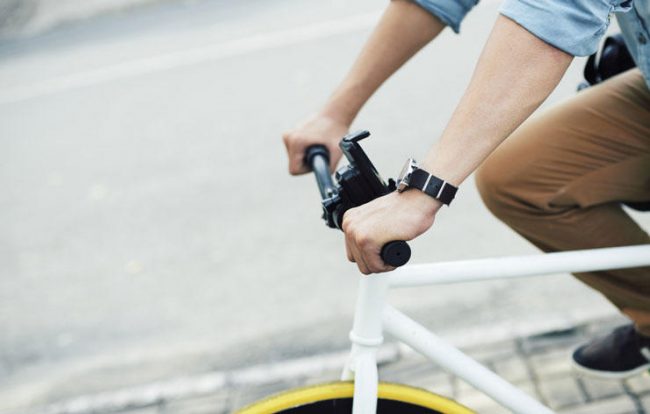
In cycling, the hands are the point of discharge of the vibrations that from the read are transmitted to the front wheel and to the handlebars. They therefore carry out an important task as a shock absorber and also hold the forearm, neck and torso weight.
During pedal activity, the hands may experience problems like:
- Tingling – in the palm or at the wrist level, it can indicate a compression of the carpal tunnel nerves.
- Itching – it could be the symptom of an ongoing inflammation
- Loss of sensitivity – may depend by excessive compression of the nerves or prolonged contraction of the muscles (in the case of a long braking). In winter it may be due to the low thermal protection of the gloves.
- Electric shock – a discharge that spreads from the wrist to the hand and which sometimes prevents you from keeping the handlebar firm, is a symptom of a nervous compression.
These problems are mostly due to incorrect posture or the wrong choice of some bike components. It’s usually enough to separate your hands from the handlebars and loosen them so that the unpleasant feeling disappears. Rarely the tingling sensation persists even when you are off the bike, in this case it’s best to consult your doctor.
Incorrect posture:
If we want to safeguard joints and muscles, the man-bike combination must be a perfect balance. In the case of tingling in the hands it’s important to pay particular attention to:
- to the tilt of the brake levers: the problem is found in mountain bikes. The brake levers are in the correct position if you can reach them by holding you arms and hands in straight line and straight wrist. In the case of racing bikes it’s necessary that the levers are parallel and don’t force the wrist to bend outside or inside.
- the handlebar position.
- too long frame
- saddle-handlebar distance too high.
Wrong Guide Style
Hold the brake levers too long, move the center of gravity forward during the descents, tighten your hands on the handlebars inadvertently… they are all useless movements that tire the muscles and over time they can cause inflammation.
Care must be taken to avoid them as much as you can while driving.
Wrong Components
- Extrusion wheels, carbon wheels: are rigid components that can transmit vibrations more accentuated.
- Hard or elastic brake levers: muscle fatigue.
Always check the tension and the smoothness of the cable, in the case of disc brakes, it’s necessary to perform regular cleaning. - Handlebar strip low thick and therefore not cushioning.
- High inflation pressure: inflating the tire too much reduces the vibrations absorption.
